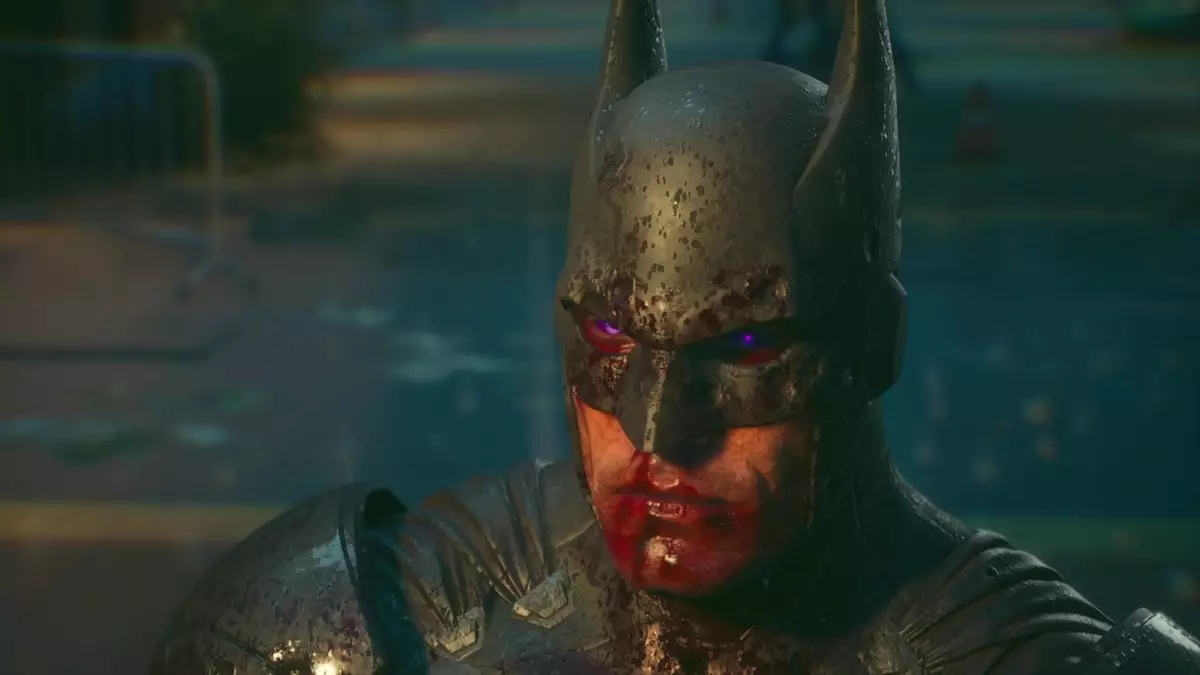Suicide Squad: Kill the Justice League was positioned as an ambitious venture by Rocksteady Studios, a name synonymous with quality in the realm of superhero video games. The premise was enticing: a chaotic romp that pitted the unorthodox heroes against the iconic Justice League, framed within a story that promised to challenge the status quo of the DC universe. However, upon its release, the game garnered criticism from both fans and critics alike, leading many to question whether the vision conceived in the boardroom truly translated to an engaging experience on the screen.
The game’s approach to storytelling suggested a grim yet thrilling narrative arc, where even the most beloved characters could meet untimely ends. Nevertheless, the actual execution revealed significant flaws. Reviews pointed out a pattern of repetitive gameplay and disjointed combat mechanics that detracted from the overall experience. This disconnect was evident, leading to an underwhelming reception that many could not have anticipated from the developers that revolutionized the superhero gaming genre.
What seemed to be a bold storyline featuring the brutal demise of Batman turned into a bitter disappointment for those who held onto the narrative’s audacity. The climactic reveal—in a brief comic strip—denied the players the emotional payoff they craved. Harley Quinn’s whimsical narration, which rushed through the resolution of the plot, left many feeling marginalized, as the grand stakes built throughout the game culminated in a less-than-satisfactory wrap-up. Revealing that the Justice League members were merely clones diminishes the weight of the narrative and discredits the game’s intention to pose significant moral dilemmas and emotional tension.
For a title called “Kill the Justice League,” the absence of substantive consequences left players questioning the very fabric of the story. The idea that Batman’s death was not real but merely the death of a clone felt like a cheap plot twist, perhaps borrowed too heavily from comic stereotypes. In a medium that thrives on emotional investment and narrative depth, this abrupt conclusion stripped the game of its gravitas.
The Medium Matters: Comic Strips over 3D Cutscenes
Another critical misstep in the game’s final act was the choice of presentation. The comic-strip format, while a staple in the world of graphic novels, felt jarring when juxtaposed with the immersive and detailed 3D environments players navigated throughout the game. Instead of providing a fitting sendoff with carefully crafted cutscenes, Rocksteady opted for a simplified narrative technique that many deemed anticlimactic. This artistic decision not only upset the tone established during gameplay but also highlighted the disparity between the game’s ambition and its actual execution.
The disparity was further illuminated by the waning player base. With just over 500 players still engaged, compared to a peak of over 13,000 at launch, it seemed that interest in the game evaporated alongside enthusiasm for the ending. A significant number of players likely missed this climactic moment, suggesting that the game ultimately failed to leave a lasting impact.
A Reflective Examination of Expectations
Ultimately, the disappointing ending of Suicide Squad: Kill the Justice League serves as a reflection on audience expectations for narrative-driven games. Fans who hoped for a legacy-altering event in the lore of the DC universe found themselves confronting an all too familiar trap: the resurrection of beloved characters under the guise of cliffhanger storytelling. The anticipation of loss turned into the reality of insignificance, tarnishing what could have been a memorable experience.
As we view the aftermath of this game, it begs the question of what future superhero narrative games must do to avoid similar pitfalls. Developers must acknowledge that players crave authenticity and emotional stakes. While superhero stories often contain fantastical elements, grounding them in relatable outcomes can forge a connection that resonates with audiences.
While Suicide Squad: Kill the Justice League aimed to dazzle with its audacity, it ultimately left a sour taste for many. The hurried resolution via a comic strip epitomized the disconnect between intention and execution, delivering a poignant reminder of the complexities involved in crafting a resonant gaming narrative.

